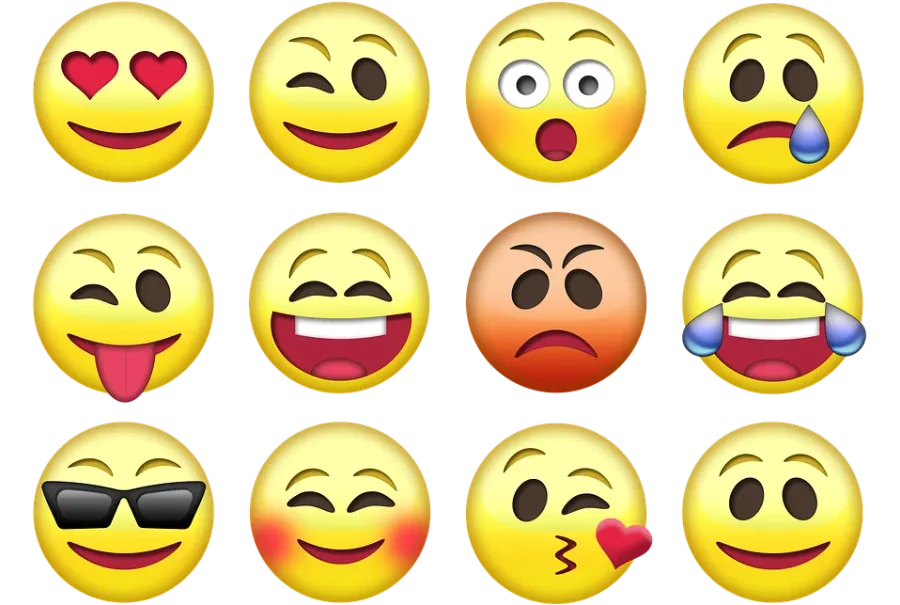The Average Purchasing Power of Europeans in 2022 Is €16,344
The average per capita purchasing power in Europe in 2022 is €16,344. However, there are tremendous differences among the 42 countries.

2019 will see the release of 230 new emojis including the waffle, the sloth and the wheelchair, growing the number of the popular pictograms to 3,019. What emojis appear on people’s phones and on their social media platforms is not arbitrary but has been coordinated by the Unicode Consortium since 1995, when the first 76 pictograms were adapted by U.S. nonprofit.
The Consortium has been overseeing the character inventory of electronic text processing since 1991 and sets a standard for symbols, characters in different scripts and, last but not least, emojis, which are encoded uniformly across different platforms even though styles may vary between providers.
Even though the first Unicode listings predate them, a 1999 set of 176 simple pictograms invented by interface designer Shigetaka Kurita for a Japanese phone operator is considered to be the precursor of modern-day emojis. The concept gained popularity in Japan and by 2010, Unicode rolled out a massive release of more than 1,000 emojis to get with the burgeoning trend - the rest is history.
Different skin colors have been available for emojis since 2015. 2014 saw the release of the anti-bullying emoji "eye in speech bubble" in cooperation with The Ad Council, which produces public service ennouncements in the U.S. Same-sex couples and families have been available since the first major emoji-release in 2010.
Today it is estimated that more than 700 million emojis are used every day in Facebook posts alone, with New Year’s eve being the most popular day to use them, according to the social network. The most popular emoji on Facebook, as well as on Twitter, is the “laughing face with tears of joy“, as it is officially called. The heart reigns supreme on Instagram and Twitter’s surprising emoji comes in third.
The recycling sign is popular largely because of Muslim users who subscribe their accounts to bot prayer posting services that use the sign frequently, potentially as an encouragement to reshare/recycle the prayer. The green color of the symbol might also play a role in its use for the bots, because green has symbolic associations in the Quran and has through its use by historic Muslim empires become one of the Pan-Arab colors together with white, red and black.